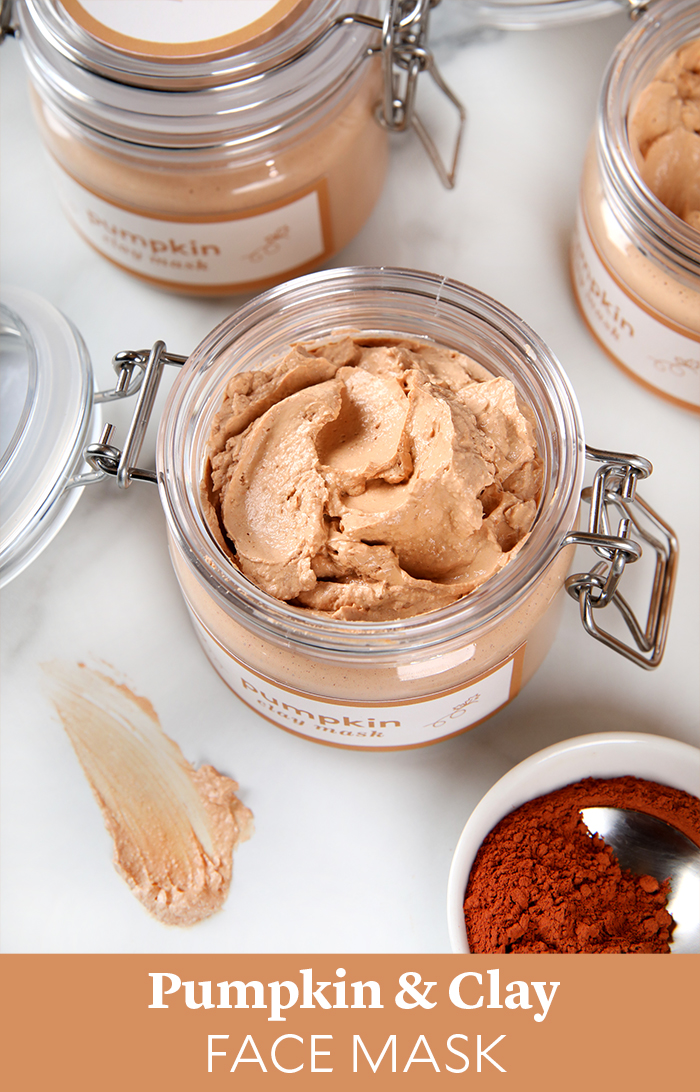
This Pumpkin & Clay Face Mask is the perfect way to celebrate fall and treat your skin at the same time. It’s made with skin-loving ingredients such as pumpkin extract, pumpkin powder, and oat oil. Kaolin clay creates a thick yet spreadable texture, and dark red Brazilian clay gives the mask a beautiful pumpkin orange hue. Click here to download the free label template to give your jars the perfect finishing touch.
This mask is an emulsified product, which means oils and water are blended together with the help of an emulsifier. In this recipe, we used Polawax Emulsifying Wax and BTMS-50 Conditioning Emulsifier to bind the mask. The final texture is similar to a thick cream. Because this recipe contains water, a preservative is necessary. Learn more about preservatives here. This mask is best suited for combination to oily skin. If you have dry skin, decrease the amount of kaolin clay as shown in the Lavender Clay Face Mask recipe.
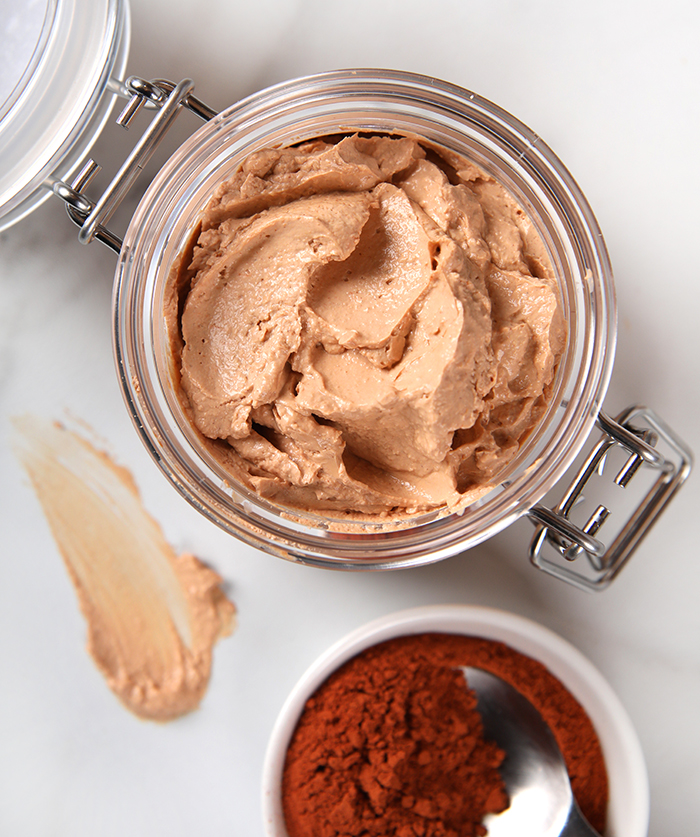
If creating an emulsified product is intimidating, create an oil-based mask by mixing together the wet ingredients (oils, extract, essential oil, preservative) with the clay. Or, mix together the clay, essential oil, and extract. When you’re ready to use the mask, mix together a small amount of the clay with water to create a paste and apply immediately. Both of these options will result in a very different product than the recipe below.
A few notes about recipe substitutions and changes:
- Polawax Emulsifying Wax is a highly reliable and strong emulsifier. It could be substituted for the generic version, Emulsifying Wax, if you prefer, although this recipe was not tested with Emulsifying Wax. Due to the clay in the recipe, we splurged and used Polawax Emulsifying Wax to avoid any chance of separation.
- This recipe calls for avocado and oat oil. Other oils can be used instead if you prefer; we recommend staying with liquid oils that absorb easily into the skin. Changing the total amount of oil in the recipe will change the overall texture of the mask.
- Because this recipe is essentially a lotion and contains a large amount of water, a preservative is necessary to prevent mold and bacterial growth. We chose Optiphen, but other oil soluble preservatives will work. Learn more about preservatives here.
- Increase the total amount of clay if you want it to be better suited for oily skin, or decrease the amount to make it better for dry skin. Decreasing the amount of clay may create a thinner product, and it may not dry on the skin.
- If you prefer to use different clays, feel free to swap them. Clays have different absorbing properties, which will affect how it feels on the skin. Learn which clay is right for your skin.
- If you have very sensitive skin, fragrance and essential oils can be irritating. Omit from the recipe if you prefer.
- Pumpkin extract can be substituted with a different extract if you prefer.
- Cedarwood atlas essential oil gives this mask a light earthy smell that fits well with the pumpkin theme. Feel free to swap it for another fragrance or essential oil if you prefer.
What You Need: Click below to add everything you need for this project to your Bramble Berry shopping cart!Pumpkin & Clay Face Mask
Four 8 oz. Plastic Bail Jars
21.4 oz. Distilled Water
1 oz. Oat Oil
1.3 oz. Avocado Oil
1 oz. Polawax Emulsifying Wax
0.8 oz. BTMS-50 Conditioning Emulsifier
6 oz. Kaolin Clay
0.3 oz. Dark Red Brazilian Clay
1 oz. Pumpkin Powder
0.5 oz. Pumpkin Extract
0.2 oz. Optiphen
3 mL Cedarwood Atlas Essential Oil
Dropper
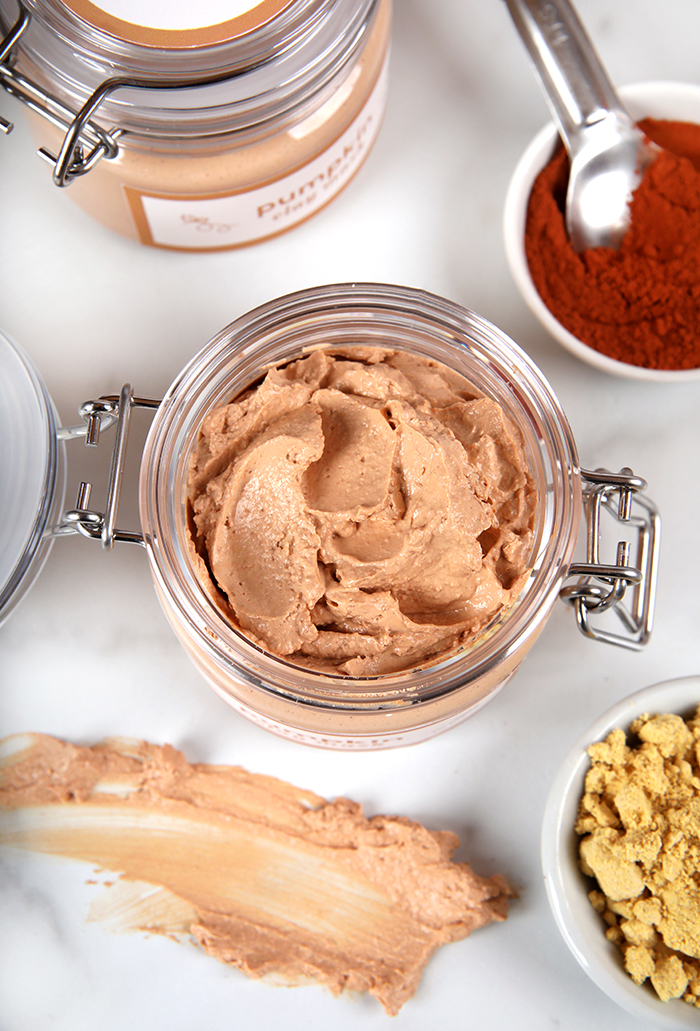
- Four 8 oz. Plastic Bail Jars
- 21.4 oz. Distilled Water
- 1 oz. Oat Oil
- 1.3 oz. Avocado Oil
- 1 oz. Polawax Emulsifying Wax
- 0.8 oz. BTMS-50 Conditioning Emulsifier
- 6 oz. Kaolin Clay
- 0.3 oz. Dark Red Brazilian Clay
- 1 oz. Pumpkin Powder
- 0.5 oz. Pumpkin Extract
- 0.2 oz. Optiphen
- 3 mL Cedarwood Atlas Essential Oil
- Dropper
- Disinfect your utensils by dipping them in a 5% bleach water solution and allowing to dry. This includes mixing containers, your stick blender, and any spoons or spatulas that may come in contact with your mask. Your products must be as free of germs, bacteria, and microbes as possible. To be safe, bleach water all your utensils.
- In a heat-safe container, combine 1.3 ounces of avocado oil, 1 ounce of oat oil, 0.8 ounces of BTMS-50, and 1 ounce of Polawax Emulsifying Wax. Heat the container in the microwave using 30-60 second bursts until the waxes have fully melted. Be careful when removing the container, as it will be quite hot. Set aside.
- In a small separate container, measure 6 ounces of kaolin clay, 0.3 ounces of dark red Brazilian clay, and 1 ounce of pumpkin powder. Mix to combine.
- In a separate large container, heat the distilled water in the microwave (or on the stove top) until it reaches about 160°F. Once the water reaches the correct temperature, some of it may evaporate. Remeasure and add more distilled water if necessary until you have 21.4 ounces.
- Check the temperatures of both containers. Each container should be about 150°-180° F. If the oil and wax has cooled, place back into the microwave.
- Place the stick blender into the water and burp it to help get rid of bubbles. Pour the oil and wax mixture into the water and use a spatula to make sure every little bit is added. Begin pulsing the stick blender. The mixture will take on a milky appearance once the water, oil, and waxes have begun to emulsify. Continue to pulse and stir for about a minute.
- Add heaping spoonfuls of the kaolin clay mixture and pulsing the stick blender until fully combined.
- Continue stick blending for about 1-2 minutes. Use a spatula to scrape down any clay that may be on the sides of the bowl. If you find the mixture is thick and difficult to mix, it may be too cool. Heat the mixture in the microwave using 30 second bursts and continue stick blending until the mixture is smooth.
- Check the temperature of the mixture. Once it's 130-140° F, add 0.2 ounces of Optiphen, 0.5 ounces of pumpkin extract, and 3 mL of cedarwood atlas essential oil. Stick blend the ingredients until fully mixed.
- Pour the mixture into the bail jars. If you find you have a lot of bubbles on the top, you can spritz the top of the containers with alcohol to help get rid of some of them. Allow the containers to cool for several hours with the lid open to prevent condensation. Once fully cooled, the mixture will have a thick, lotion-like texture.

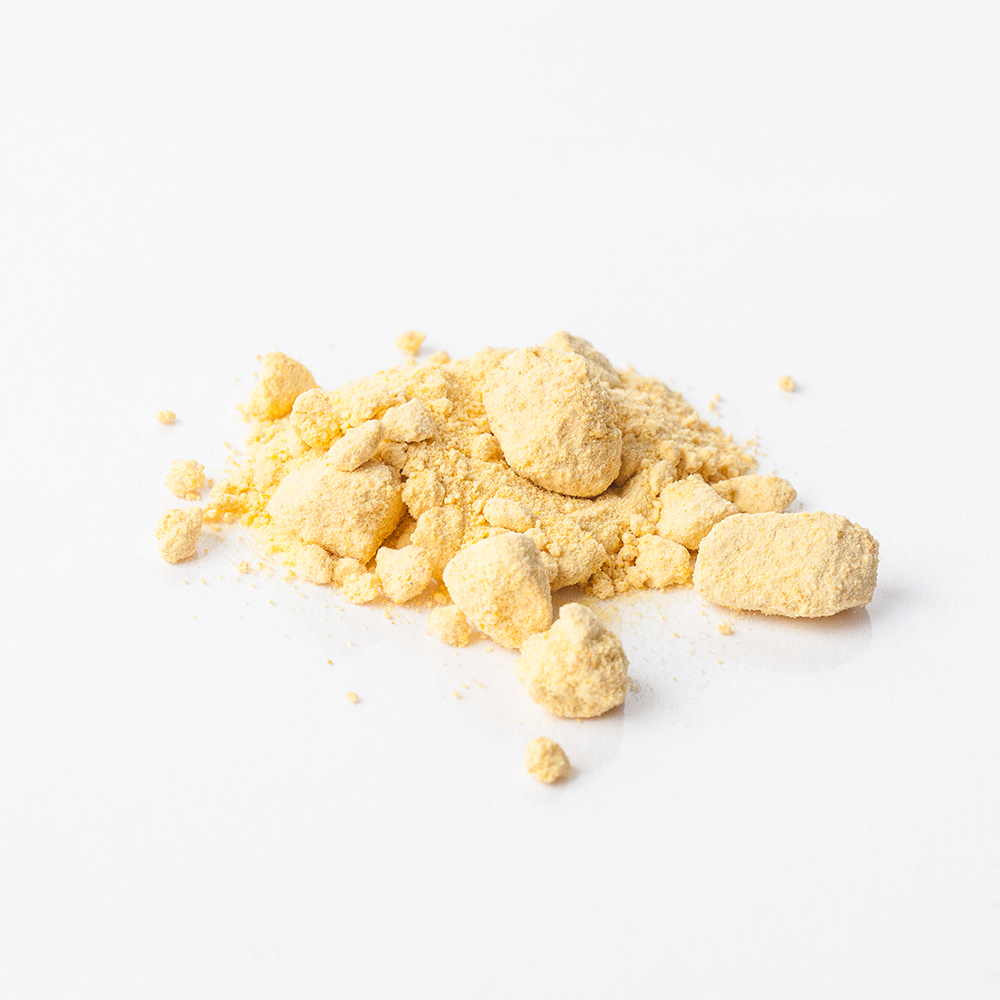



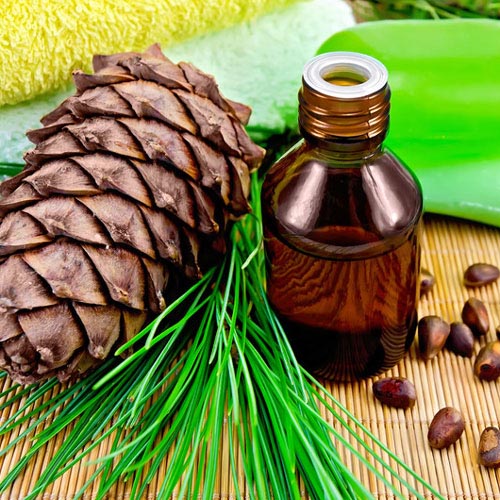
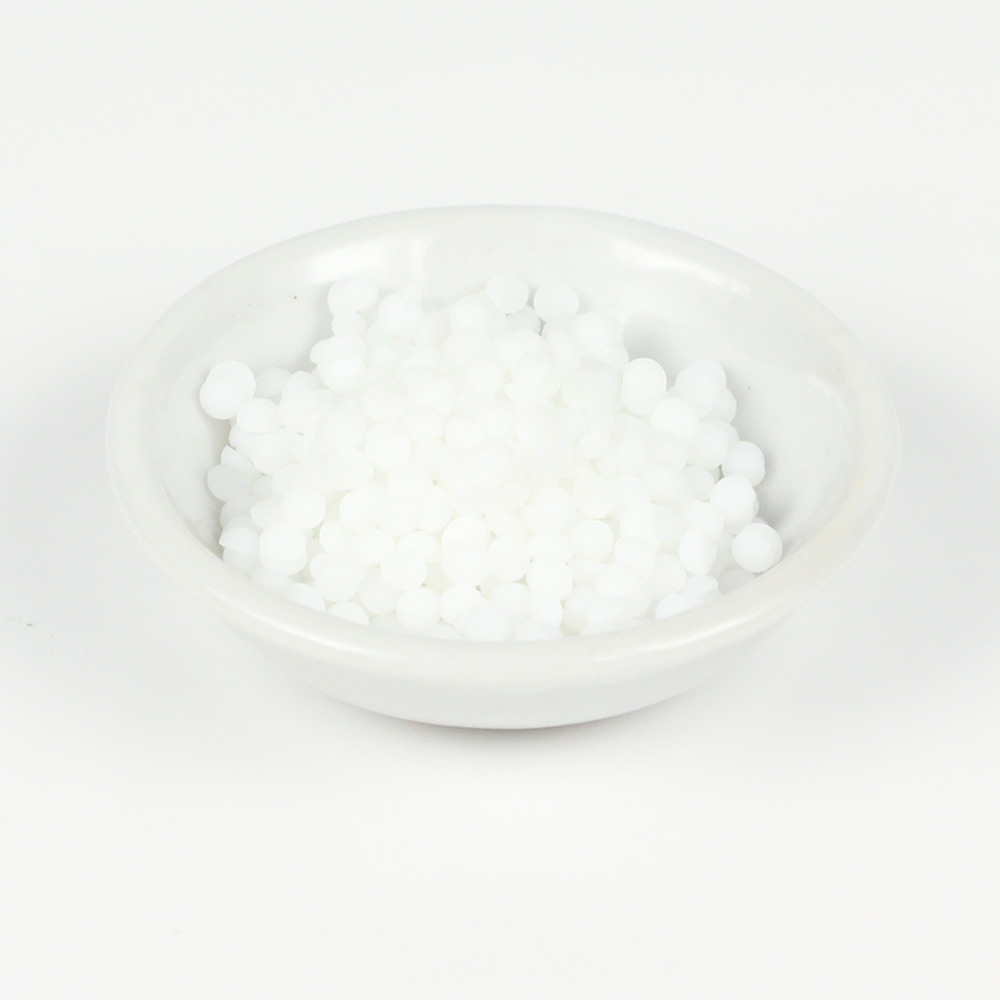
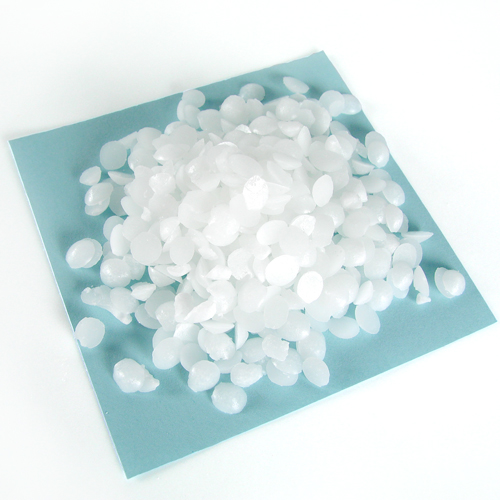
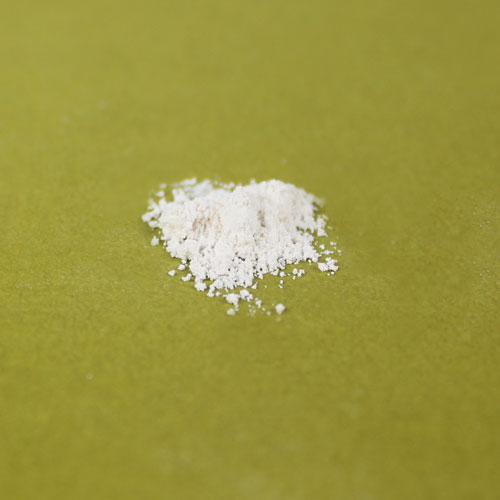
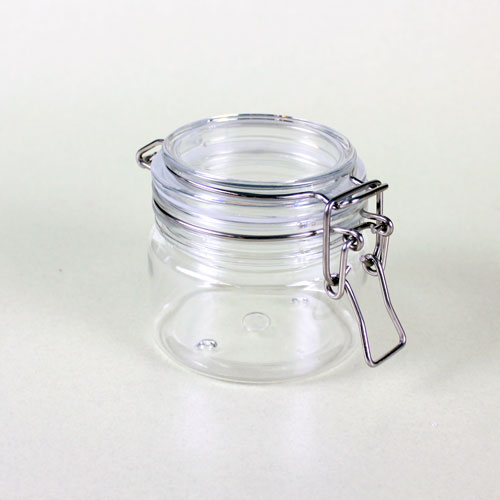
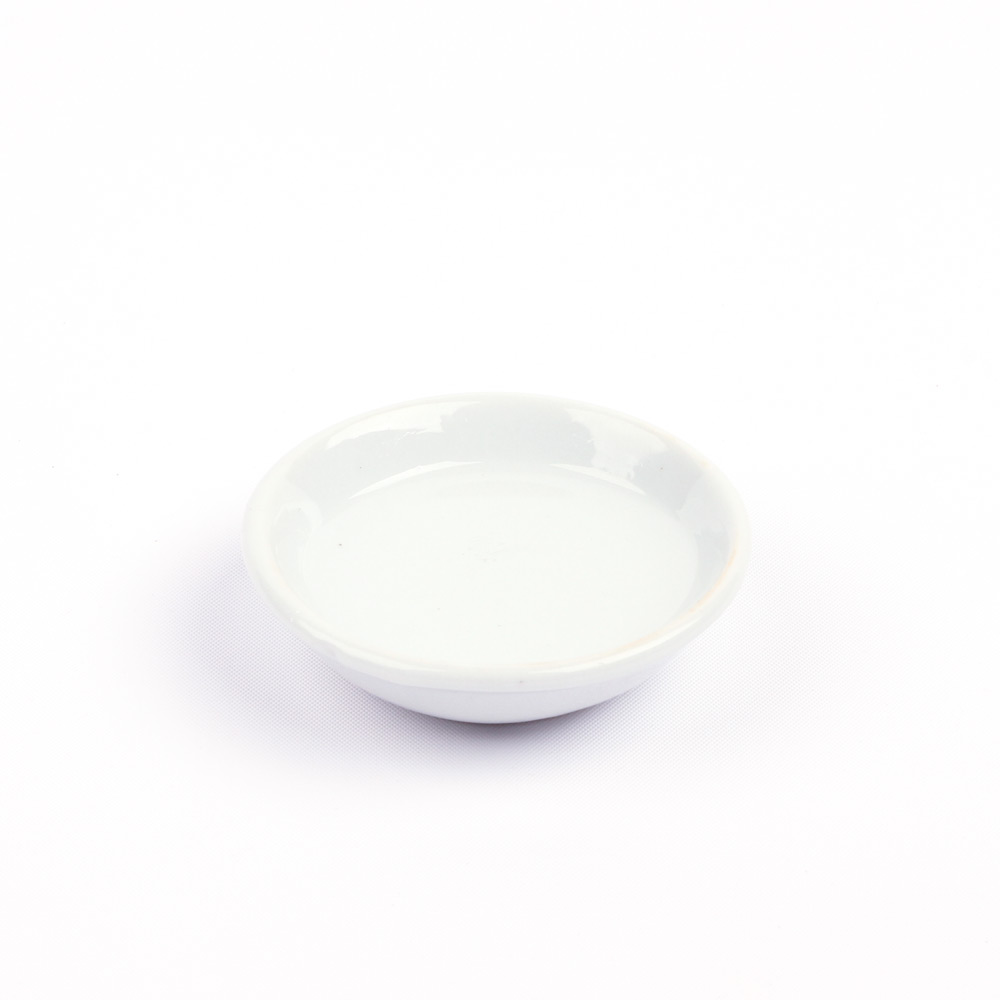
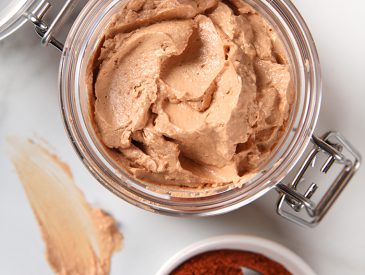

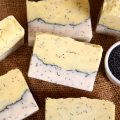

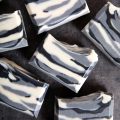
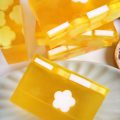
Hi can you please mention ingredients in gms or mg ..it would be of great help.Thank you.
Also you have mentioned two methods without emulsifier..so which preservatives can be used there and quantity? What would be the shelf life
The preservatives you would want to use would be Optiphen or Phenonip at 1%. The shelf life for most clay masks is about 6 months.
Just wondering what I can use in place of pumpkin seed powder. I’m having trouble getting any in my country 🙂
Turmeric Powder would be a good substitute though a bit more yellow!
Can the Polawax Emulsifying Wax be substituted for beeswax?
Beeswax is not an emulsifier so it would not work as a substitute for Polawax Emulsifying Wax in this recipe.
Polawax: https://www.brambleberry.com/Polawax-Emulsifying-Wax-P4209.aspx
I am going through a testing phase before I start selling these I had about 8 people try these clay masks 2 had a reaction. When I used it it was more of a cooling sensation. One said it burned she took it off immediately I told her she’s probably sensitive to some of the ingredients and the other had a super red face afterwards but no burning sensation. Is it normal to have a red face after using clay masks? If so, is there an explanation why? Thanks in advance!
It depends on the person to be quite honest. Normally it is because of the ingredients and they don’t realize that they are having a reaction to it. Sometimes it can be just because they have sensitive skin and essential oils can be rather harsh. You could try it again without the essential oil and see if that works.
Thank you. Im going to end up putting warning labels on all of my products, I however havent had any reactions to any of the clay masks on your website. I LOVED them!
Hey Soap Queen, can I half the total water w/ Apple Cider Vinegar? 10.7 water & 10.7 vinegar
We haven’t tried this recipe with apple cider vinegar before so I’m not 100% sure. If you try it I would recommend a small test batch to make sure you like the results.
Hi I live in a place where I cannot get optiphen so I was wandering is it okay to use phenoxyethanol preservative liquid. Thank you.
I’m not 100% sure. We have not tried using that ingredient before on its own though it is included in our Phenonip preservative which would work for this recipe.
Phenonip: https://www.brambleberry.com/Phenonip-P4038.aspx
Is there a way that I can make this and the other masks WITHOUT using water?
Water is a critical part of those mask recipes, and this one, and we don’t recommend creating them without it.
hi, your recipes are amazing.I am totally a fan. I am new in it and i am planning to start my first soap. Do Bramble berry ship in Pakistan? pls let me know.
We do ship to Pakistan.
International Shipping Policies: https://www.brambleberry.com/International-Shipping-Policies-W31.aspx
Wonderful recipe! How long is the shelf life of this mask, a year?
Thank you
1 year as long as it is stored in a cool and dry place!
It would be so nice if you indicated the ingredients in percentages instead of ounces. It’s so much convenient, especially for us metric-system gals 🙂